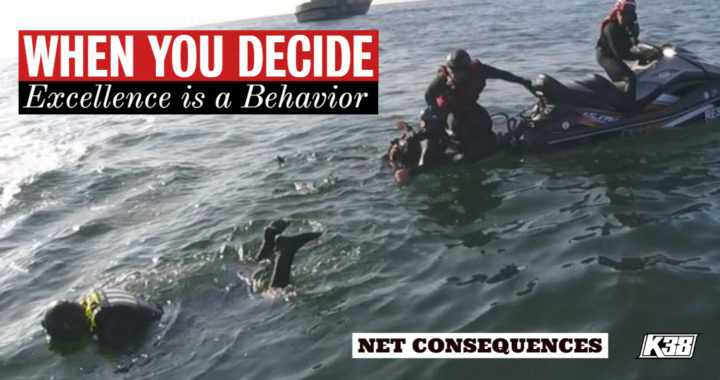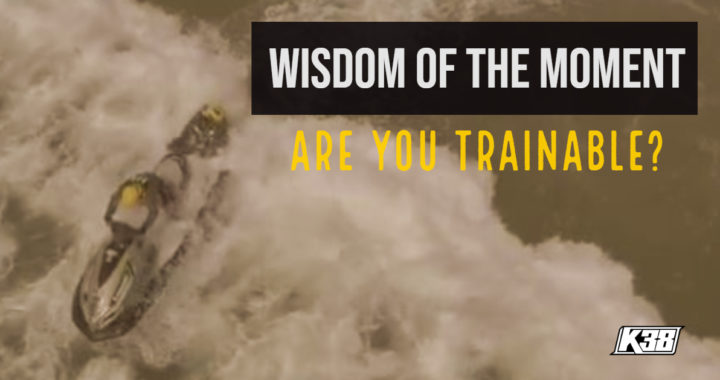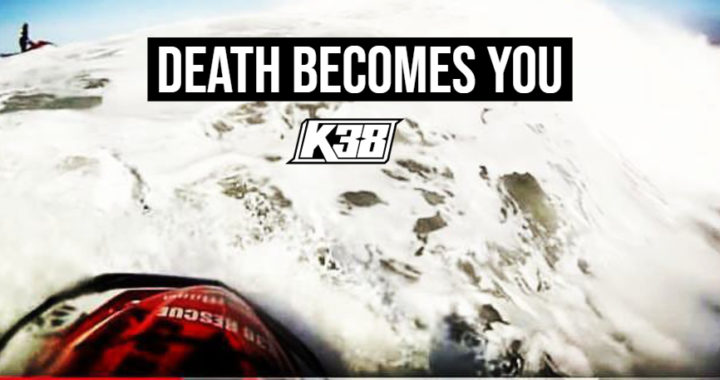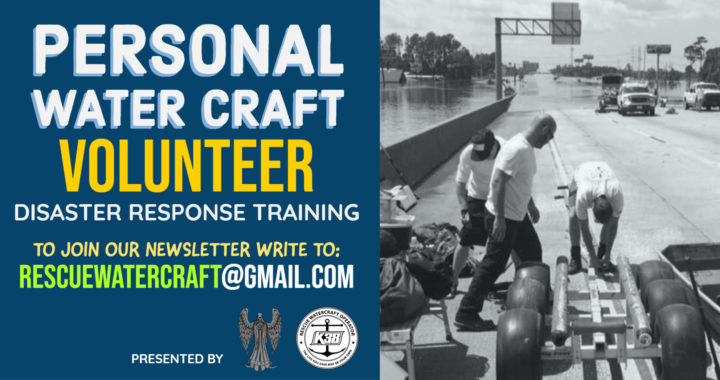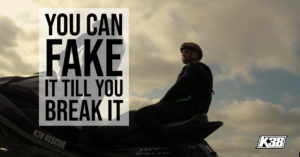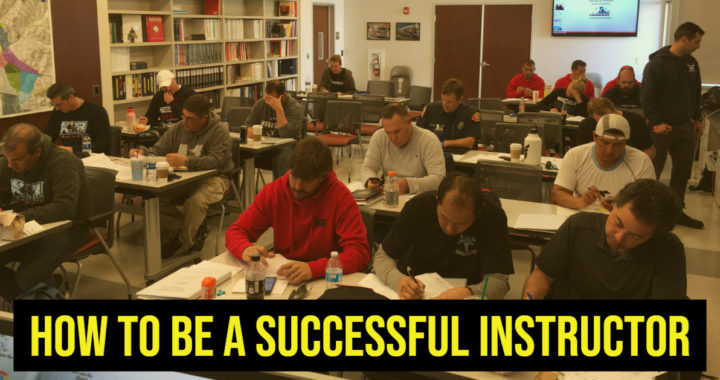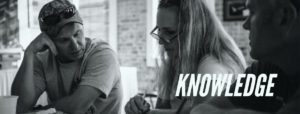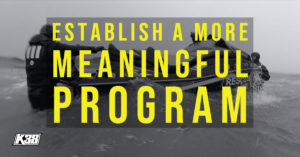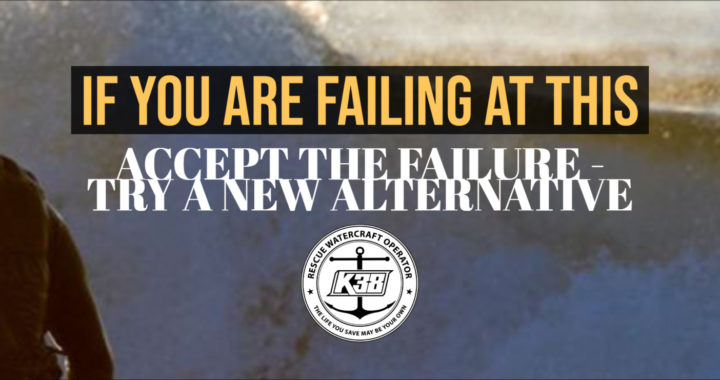When You Want Excellence in Your Operations, You Express Gratitude.
Want some real-life water rescue advice? This is a compassionate question.
To instill excellence in your rescue boat operations you have to give more than the instructor guidance, more than the workbooks and be ready for the water and weather.
This means you need to decide who you are going to be and what you are willing to give.
You need a hunger or a model of inspiration to drive your will towards goals that exemplify ‘excellence’.
That does not mean you take a course and resign yourself to the certificate issued. Many courses hand them out freely without scrutiny that cares about your functionality. Start caring about your performance.
Were you challenged and corrected, measured and critiqued with sincere discernment? Seek out the critics!
You are just beginning to learn- post training, you now have a place to start. You certainly have not arrived!
It’s time to continue taking steps towards navigating your reputation, spirit, beliefs, strengths and fears.
Don’t succumb to the methods of educational or instructive mediocrity or your last class, even mine. Move ahead on a continuum of developing a structured reasoning of water rescue knowledge. Don’t be brand favorited.
Explore fearlessly the things you embrace or ignore. Tell yourself with sincere conviction: I CAN DO THAT
You may allow yourself to be confined and restricted from creative opportunities that hold your potential hostage.
You have to give more. Put in more time. Sacrifice and possibly use additional resources of financial commitment or travel.
GET CONNECTED
Find a trusted mentor. Do they care about your reputation? How does that measure in action and output?
The only life that provides a spiritual and physical balance is one lived with purpose.
Remember this do not seek praise as your justification of excellence. No, refrain from the praise and seek the encouragement of improvement where you are not excelling! Those critical assessments even if they seem harsh to you, if you don’t get it, you are not trainable. You are emotional.
If you are feelings are hurt from an instructor comment, you need to keep practicing till you get it right! Listen to them and don’t waste their time or yours. You must be trainable or you are looking for the wrong results.
If you have selected the field of rescue as a work discipline, whether volunteer or paid staff, you have eclipsed a spiritual calling, it is simply not a job.
It requires of us that strive for excellence a deeper understanding of the fear associated with dire circumstances, the unknown human condition, our courage and bravery and our foremost skills and tools.
We must keep a measure of continued seeking knowledge to maintain that sacred trust.
We are seekers, searchers and problem solvers, we think for two, three or ten. It is not just about us.
WHO IS YOUR MENTOR?
When I teach in my audience, I see the prospective student in front of me. Spiritually I recognize my burden. It is their parents, teammates, agency, children, wife, husband or beloved, their brothers or sisters or those who depend upon them.
It is the manufacturers of the equipment we train with and use, it is their employees, all who laid a hand on the production and we trust their efforts and tools.
There are thousands of people in my classroom. And my ancestors are watching me. Am I a good steward of their trust, faith and determination? Do I wield their failures and warnings and guidance with respect, duty and honor?
How do I determine that? By humility and service, being a servant of the past to move the future.
These students are either there by their own volition or assigned to take my training. They come in blind faith, or with judgement and negative attitudes. How do we move beyond our own prejudices and expectations and arrive at trust?
We earn it by evidence and historical tempering.
We are the most difficult and opportunistic beings alive; we choose every minute how and what we will do.
In training, we cannot be selfish to a fault, we have to encompass all personalities, maturity levels and egos.
That takes trust, genuine influence of your explored and unique soul-and an open mind who is willing to listen.
But the training content must deliver.
I will keep learning. I invite you to join me and thousands of others in the pursuit of excellence as a way of being.
The world needs your competence and abilities. Let’s get busy!
__________
Posted: December 6, 2019
Content Creator of Rescue Water Craft and Personal Water Craft boating international education standards: Shawn Alladio is the world’s foremost authority and leading subject matter expert. She cares most about her community and the culture surrounding the safety of event service providers and Rescue Water Craft operators, working hard and dedicated towards protecting their reputation, distributing safety information and continuing to train these amazing individuals to the highest standards of care.
__________
Have any questions? Come train with us and discover what your community is doing to modernize standards, safety and reduce liability!
Caution: Use at your own risk. Please take a qualified Rescue Water Craft training course and maintain proper records and respect all the PWC, RWC, PPE, and gear OEM manufacturer warning labels and cautions.
